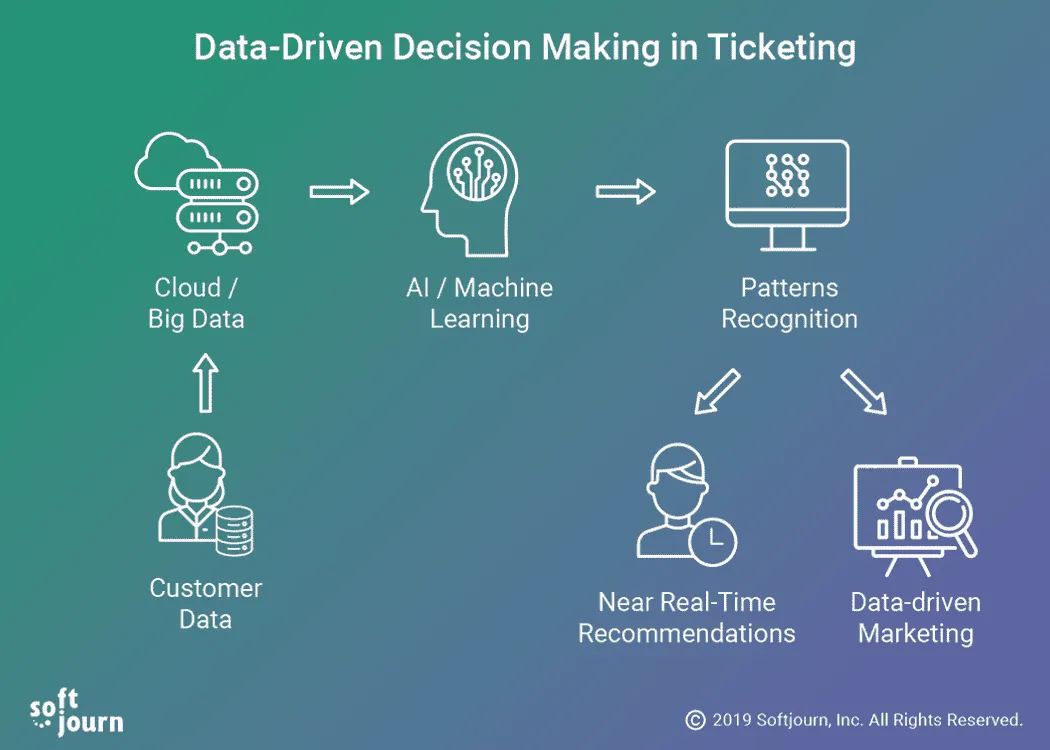Data scientists need tools that give them access to previously siloed data, eliminate time wasted on data searches, increase cooperation, and reduce bottlenecks.
A robust data pipeline is at the heart of modern data solutions. Whether it is training or inference, any enterprise-level AI model must become part of the data analytics pipeline for production deployment. And the integration of the model into the data pipeline must be able to work in multiple deployment models.
Data scientists may start with simple prototyping, but working with enterprise boundaries requires scale. Operationalization is complicated, causing the bottleneck and eventual death of AI deployment in all but the most straightforward cases. That is not a scenario most companies can withstand. Increasingly, AI is viewed as a competitive differentiator that will allow one company to succeed versus another.
So, what do companies do? Businesses that manage to build modern data-driven applications will survive. Here’s how a business can work to build that elusive production-grade, enterprise-ready, end-to-end solution to harness real data.
One problem when developing and deploying AI within a business is that there are different data criteria for different pipeline and deployment stages. Ensuring the right data is used, is in the correct format, and properly secured at each step in a data pipeline or analysis workflow are time-consuming tasks. These tasks divert data scientists away from their main objective of turning data into insights.
#big data analysis tools #sponsored #data scientists #data-driven #big-data
